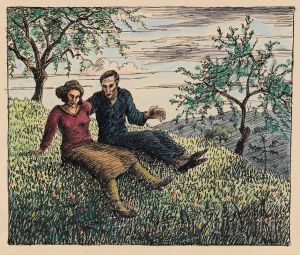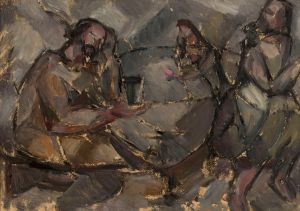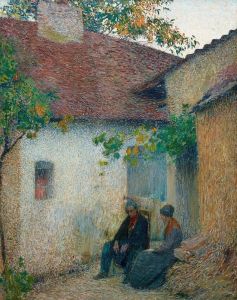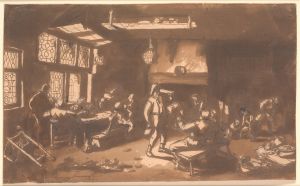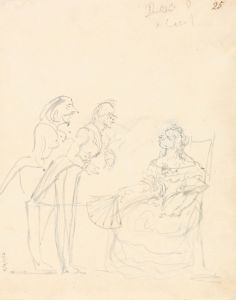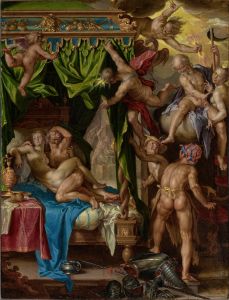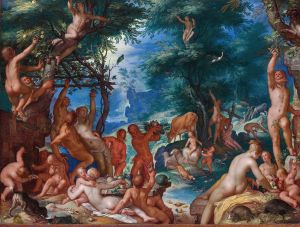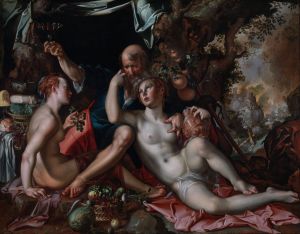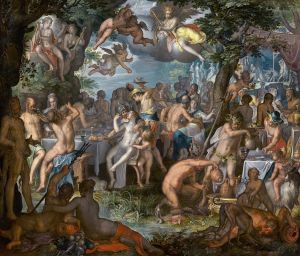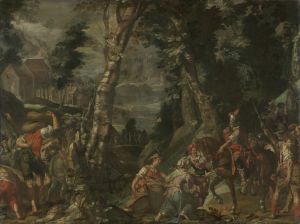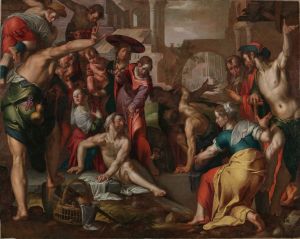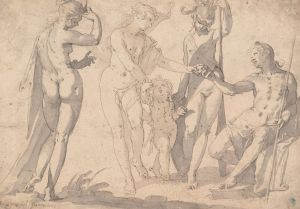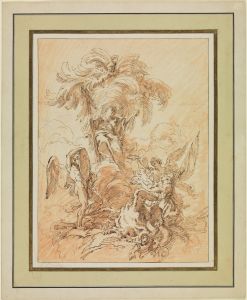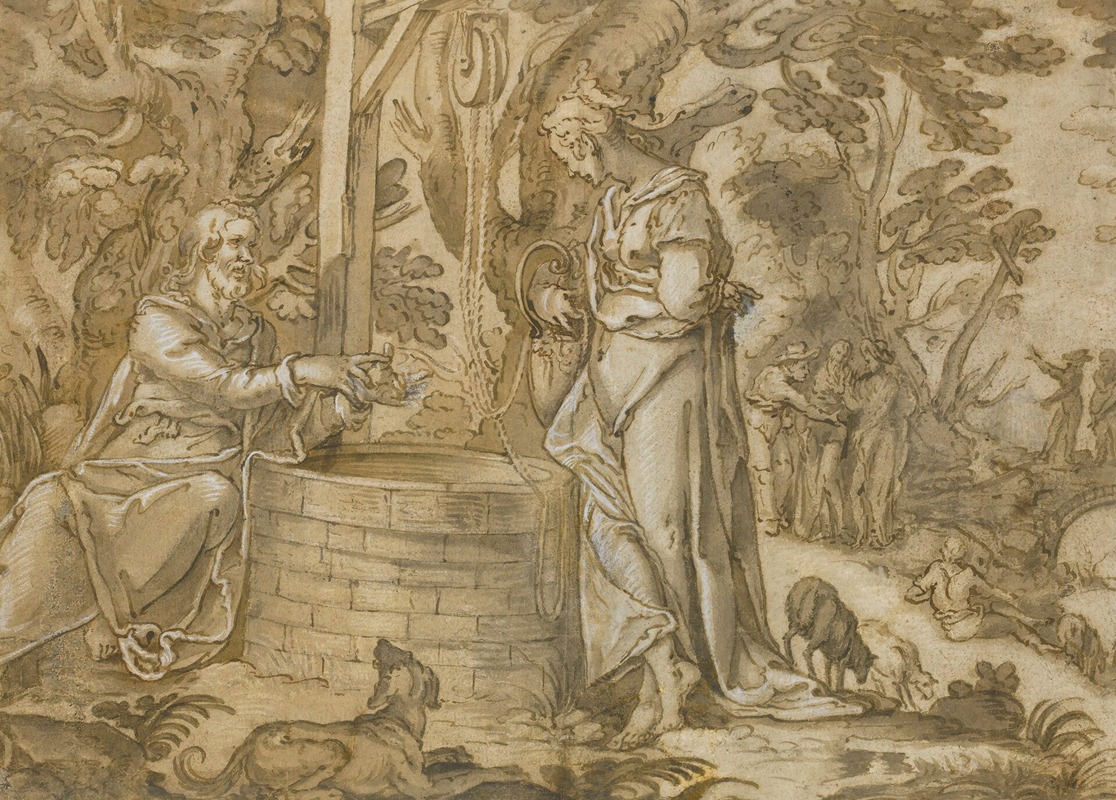
Christ And The Woman Of Samaria
A hand-painted replica of Joachim Wtewael’s masterpiece Christ And The Woman Of Samaria, meticulously crafted by professional artists to capture the true essence of the original. Each piece is created with museum-quality canvas and rare mineral pigments, carefully painted by experienced artists with delicate brushstrokes and rich, layered colors to perfectly recreate the texture of the original artwork. Unlike machine-printed reproductions, this hand-painted version brings the painting to life, infused with the artist’s emotions and skill in every stroke. Whether for personal collection or home decoration, it instantly elevates the artistic atmosphere of any space.
Joachim Wtewael's painting "Christ and the Woman of Samaria" is a work of art created by the Dutch Mannerist painter Joachim Wtewael (1566–1638). Wtewael, known for his intricate compositions and vibrant use of color, was a prominent artist during the late 16th and early 17th centuries. His works often reflect the Mannerist style, characterized by elongated figures, complex poses, and a heightened sense of drama.
This painting depicts the biblical story of Jesus and the Samaritan woman at the well, as recounted in the Gospel of John, chapter 4. In this narrative, Jesus encounters a Samaritan woman at Jacob's well and engages her in a conversation about spiritual matters, breaking social and cultural norms of the time. The story emphasizes themes of inclusion, redemption, and the universal nature of Christ's message.
Wtewael's interpretation of this scene showcases his skill in rendering detailed figures and his ability to convey narrative through visual elements. The composition likely includes the central figures of Christ and the Samaritan woman, with symbolic elements such as the well and possibly a water jar, which are significant to the story. Wtewael's use of color and light would have been employed to draw attention to the key figures and to enhance the emotional and spiritual resonance of the scene.
As with many of Wtewael's works, "Christ and the Woman of Samaria" reflects the influence of Italian Mannerism, which he encountered during his travels in Italy. His style also incorporates the precision and detail characteristic of Northern European art. Wtewael was known for working on both large-scale oil paintings and smaller works on copper, though the specific medium and dimensions of this painting are not detailed in available records.
The painting is an example of Wtewael's ability to blend religious themes with the artistic trends of his time. While the exact date of its creation is not specified, it would have been produced during Wtewael's active period as an artist, which spanned several decades.
Further details about the current location or provenance of "Christ and the Woman of Samaria" are not readily available. However, Wtewael's works are held in various collections worldwide, including major museums and private collections, reflecting his enduring reputation as a master of Mannerist art.





